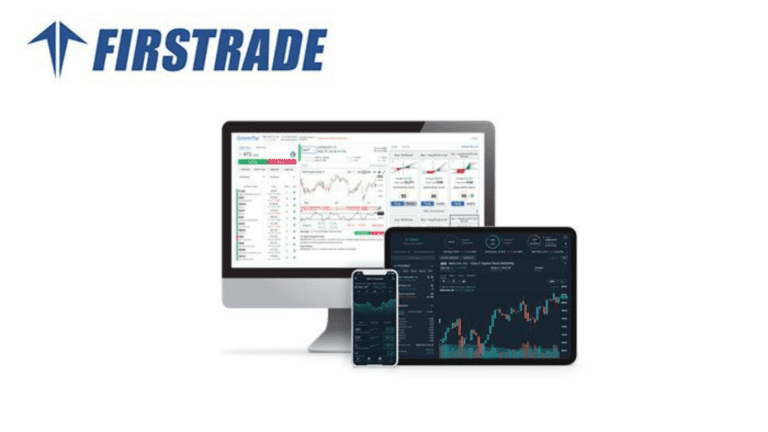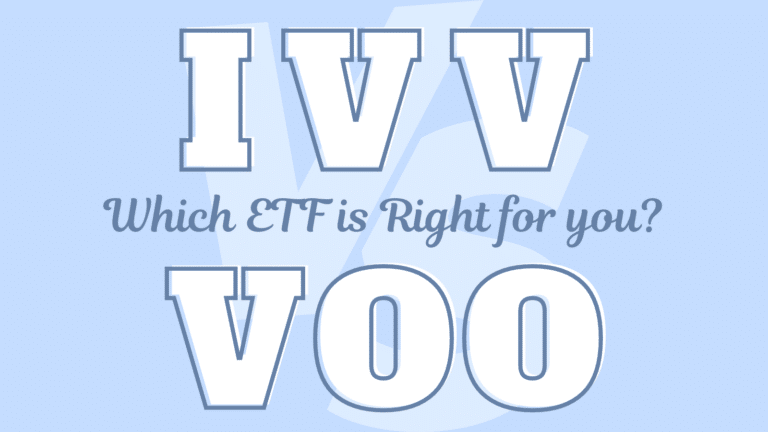The Two Methods In This Calculator:
Method 1: Total Revenue − COGS − Operating Expenses
The first method we used in our calculator is:
EBIT = Total Revenue − COGS − Operating Expenses
Where:
- Total Revenue: The total income generated from sales of goods or services. It serves as the starting point for analyzing a company’s financial performance. You can get this figure by summing all sales during a specific period in the income statement.
- Cost of Goods Sold (COGS): The direct costs associated with producing goods that have been sold. When you subtract COGS from revenue, you get a clearer idea of the company’s gross profit.
- Operating Expenses: These are costs you pay for running your everyday operations. Subtracting these costs from gross profit shows the money you make from core operations.
Method 2: Net Income + Interest + Taxes
The second formula, which should get the same result as obtained from Method 1, is:
EBIT = Net Income + Interest + Taxes
Where:
- Net Income: The profit after deducting all expenses, taxes, and interest from revenue.
- Interest: The interest expenses on debts. Adding it back is essential as EBIT measures operational performance without considering financial structure.
- Taxes: Taxes paid on earnings. Adding back taxes helps isolate operational efficiency from tax strategies and rates.
Both of these two methods help analyze a company’s operating profit by filtering out the effects of financing and tax strategies. A higher EBIT indicates stronger earning capabilities. Investors and banks use EBIT to assess a company’s profitability potential.
EBIT Calculation Example
Let’s consider a hypothetical company, XYZ Corp, for this example. We can source its financial data from the company’s income statement, which is:
- Revenue: $500,000
- COGS (Cost of Goods Sold): $200,000
- Operating Expenses: $100,000
- Net Income: $150,000
- Interest Expenses: $30,000
- Taxes: $20,000
Using method 1:
EBIT = Total Revenue − COGS − Operating Expenses = $500,000 (Revenue) – $200,000 (COGS) – $100,000 (Operating Expenses) = $200,000
Using method 2:
EBIT = Net Income + Interest + Taxes = $150,000 (Net Income) + $30,000 (Interest) + $20,000 (Taxes) = $200,000
The EBIT of $200,000 indicates how much profit XYZ Corp generates from its core operations. Investors can assess the company’s profitability and growth potential, while banks and creditors can evaluate XYZ Corp’s ability to service new debt.
Additionally, you can use the result of our EBIT calculator to compare a company’s EBIT with industry averages. A steady or increasing EBIT suggests a robust business future.









